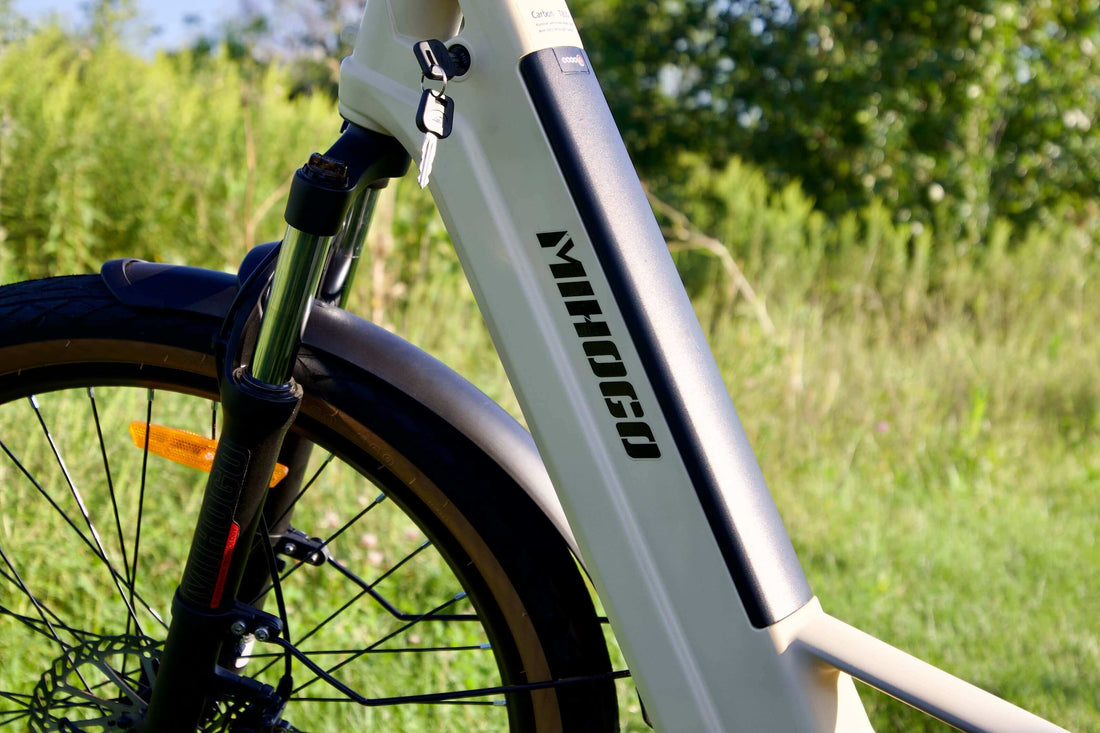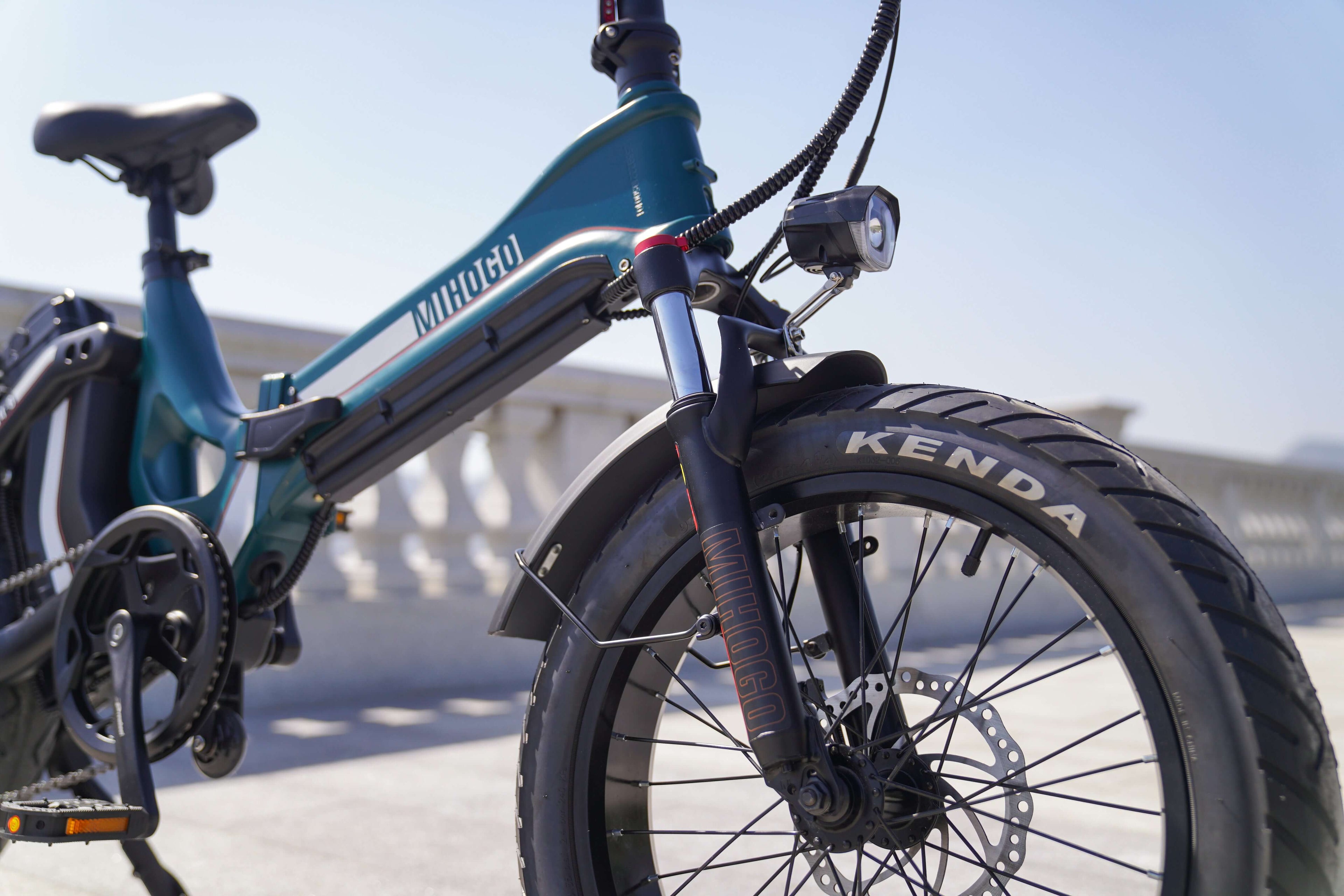What Makes the Perfect Beginner Electric Bike?
When starting your electric biking journey, certain features are non-negotiable for a safe and enjoyable experience:
Class 1 Pedal-Assist: Your Legal Gateway to Freedom
The foundation of any beginner-friendly electric bike is Class 1 pedal-assist technology. In Europe, pedelecs with 250W motors and 25 km/h speed limits are treated as regular bicycles—no license, registration, or insurance required. This legal status means you can ride confidently on bike lanes and cycling paths throughout the European Union.
Unlike throttle-controlled bikes, pedal-assist systems provide power only when you're actively pedaling, creating a natural riding feel that's perfect for beginners. The motor assistance cuts off automatically at 25 km/h, ensuring you stay within legal limits while still enjoying effortless riding.
Mid-Range Power: The 500W Sweet Spot
While European regulations cap continuous power at 250W, modern electric bikes can deliver impressive peak power performance. A well-designed 500W peak power system strikes the perfect balance for beginners, providing:
- Smooth hill climbing without overwhelming acceleration
- Consistent power delivery in various weather conditions
- Sufficient assistance for riders of different fitness levels
- Energy efficiency that maximizes battery range
This power level handles most European terrain confidently without the intimidation factor of higher-powered systems that might overwhelm new riders.
Extended Range: Why 40+ Miles Matters
Range anxiety is one of the biggest concerns for new electric bike riders. A 40+ mile range provides the confidence to:
- Complete daily commutes without charging worries
- Take weekend leisure rides without planning around battery life
- Handle unexpected detours or longer routes
- Build confidence gradually with shorter trips that can extend over time
Modern battery technology and efficient motor systems make this range achievable in real-world conditions, not just laboratory tests.
Local Support: The Foundation of Confidence
Perhaps the most overlooked aspect of choosing a beginner electric bike is local dealer support. Having access to professional assembly, maintenance, and warranty service transforms your ownership experience from potentially frustrating to genuinely enjoyable.
Quality local support means:
- Professional assembly ensuring optimal performance from day one
- Regular maintenance to keep your bike running smoothly
- Quick resolution of any technical issues
- Expert advice on accessories and upgrades as your skills develop
Essential Features Every Beginner Should Consider
Smart Display and Controls
Modern electric bikes feature intuitive display systems that show battery level, speed, distance traveled, and assistance level. Look for displays with:
- Clear visibility in various lighting conditions
- Simple controls that don't require taking hands off handlebars
- Battery percentage rather than just bars
- Easy switching between assistance levels
Quality Braking Systems
Robust and dependable parts like Shimano disc brakes are essential for beginner safety. Hydraulic disc brakes provide:
- Consistent stopping power in all weather conditions
- Better modulation for controlled braking
- Lower maintenance requirements compared to rim brakes
- Improved safety when carrying cargo or riding in traffic
Comfortable Geometry
Beginner-friendly electric bikes feature geometry designed for comfort rather than speed:
- Upright riding position reducing strain on back and shoulders
- Lower standover height for confident mounting and dismounting
- Comfortable saddle positioned for efficient pedaling
- Ergonomic grips and controls within easy reach
Integrated Accessories
Built-in features like metal fenders, lights, and a rear rack add tremendous practical value for beginners who want to start riding immediately without purchasing additional accessories.
Understanding European E-Bike Regulations
The 25 km/h Rule
The speed limit for e-bikes in Europe is 25 km/h, and this limitation is actually beneficial for beginners. This speed provides:
- Adequate assistance for most riding situations
- Safe integration with bicycle traffic
- Legal access to cycling infrastructure
- Reasonable stopping distances for developing riders
Age Requirements and Safety
Most European countries require riders to be at least 14-15 years old for standard pedelecs, though some countries like Belgium and Switzerland require 16+. While helmets aren't mandatory for adults in most European countries, they're strongly recommended for all riders, especially beginners.
Trail and Road Access
Standard pedelecs enjoy the same access rights as traditional bicycles throughout Europe. This means you can ride on:
- Dedicated cycling lanes and paths
- Most recreational trails where bicycles are permitted
- Mixed-use paths and cycling routes
- Urban cycling infrastructure
The Test Ride: Your Most Important Decision Tool**
No amount of research can replace the experience of actually riding an electric bike. A proper test ride should include:
- At least 15-20 minutes of riding time
- Experience with different assistance levels
- Testing in various conditions (flat, uphill, stopping/starting)
- Evaluation of comfort, fit, and handling
- Understanding the controls and display systems
Quality dealers will encourage extended test rides because they want you to make an informed decision that leads to long-term satisfaction.
Why Quality Matters for Beginners
Choosing a quality electric bike from a reputable manufacturer isn't just about performance—it's about building positive associations with electric biking that last a lifetime. Quality components mean:
- Fewer mechanical issues during your learning phase
- Consistent performance that builds confidence
- Better resale value as your needs evolve
- Access to ongoing support and service
Building Your Electric Biking Skills
Starting with the right electric bike is just the beginning. As a new rider, focus on:
- Gradual progression: Start with shorter rides in familiar areas
- Battery management: Learn to monitor and plan around battery life
- Traffic awareness: Electric bikes accelerate differently than traditional bikes
- Maintenance basics: Simple care extends bike life and performance
- Community connection: Join local cycling groups for support and advice
The Future of Beginner-Friendly E-Bikes**
By 2030, eBikes are expected to account for 50% of all bicycle sales in Europe, driven by advancing technology and growing environmental consciousness. Future developments will likely include:
- Even more intuitive control systems
- Longer-lasting, faster-charging batteries
- Enhanced integration with smartphone apps
- Improved theft prevention features
- More specialized beginner-focused designs
Making Your Decision
The best electric bike for beginners combines legal compliance, appropriate power delivery, extended range, and reliable local support. These four pillars ensure that your introduction to electric biking is positive, safe, and sustainable.
Remember that the "best" electric bike is ultimately the one that matches your specific needs, budget, and riding goals. By focusing on these fundamental characteristics—Class 1 pedal-assist, mid-range power, extended range, and quality support—you'll find an electric bike that not only meets your immediate needs but grows with you as your skills and confidence develop.
Whether you're commuting to work, exploring countryside paths, or simply enjoying the freedom that electric assistance provides, the right beginner electric bike opens up a world of possibilities while keeping you safe, legal, and comfortable throughout your journey.
Ready to start your electric biking adventure? Visit our electric bike collection to explore beginner-friendly models designed specifically for European riders.
For more information about European e-bike regulations and safety standards, visit the European Commission's mobility page or check the Wikipedia article on electric bicycle laws for comprehensive country-specific details.






